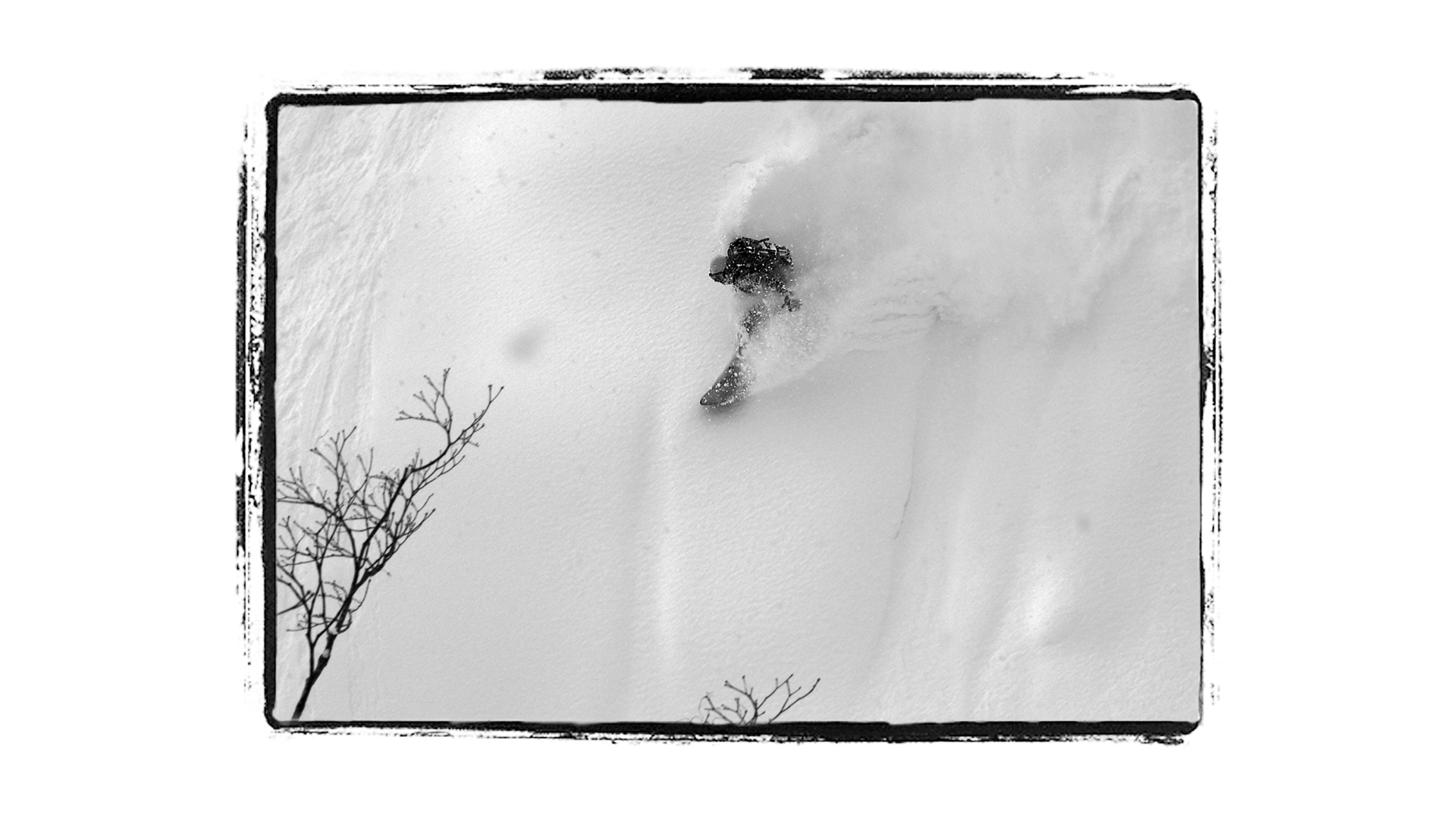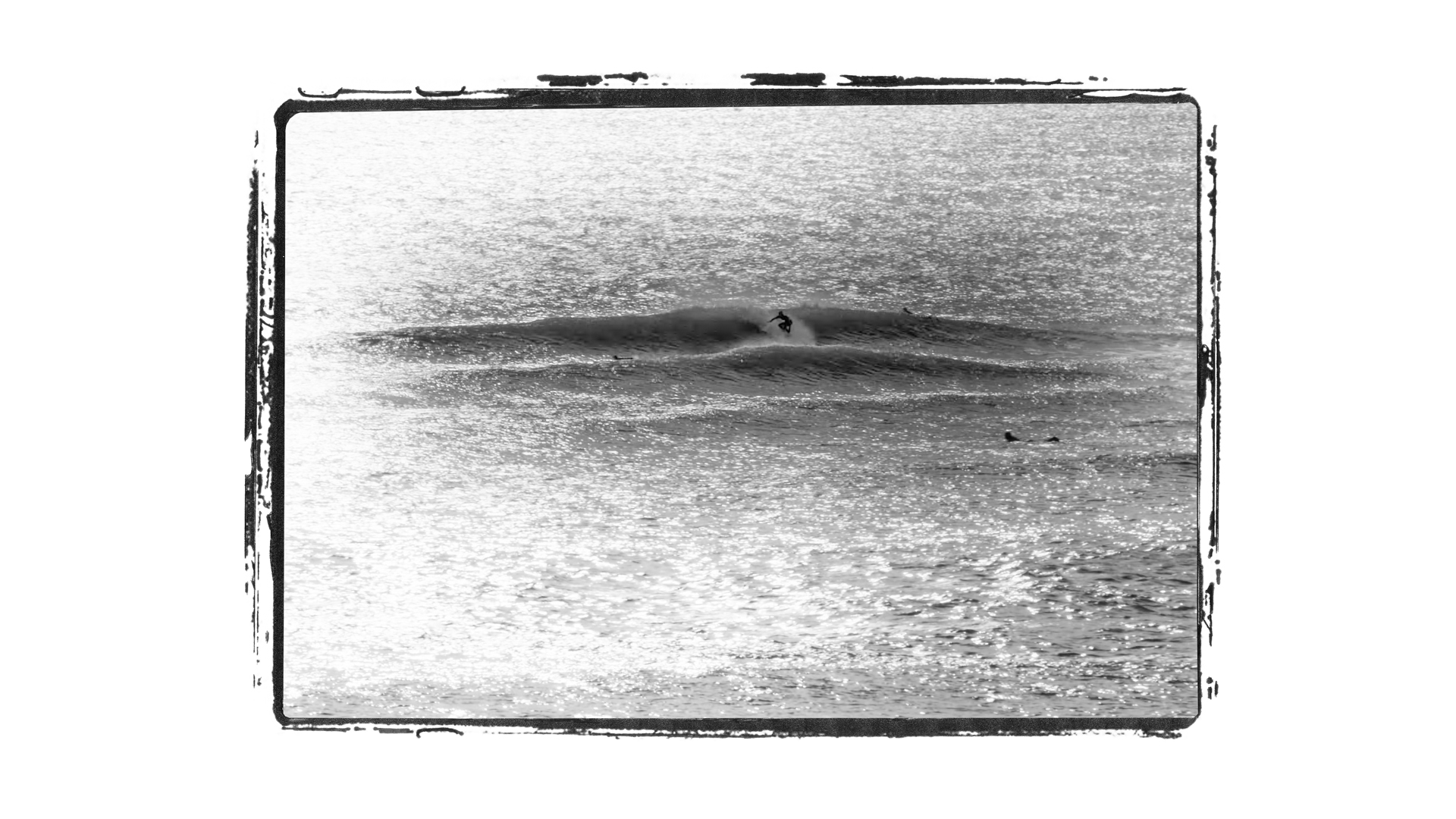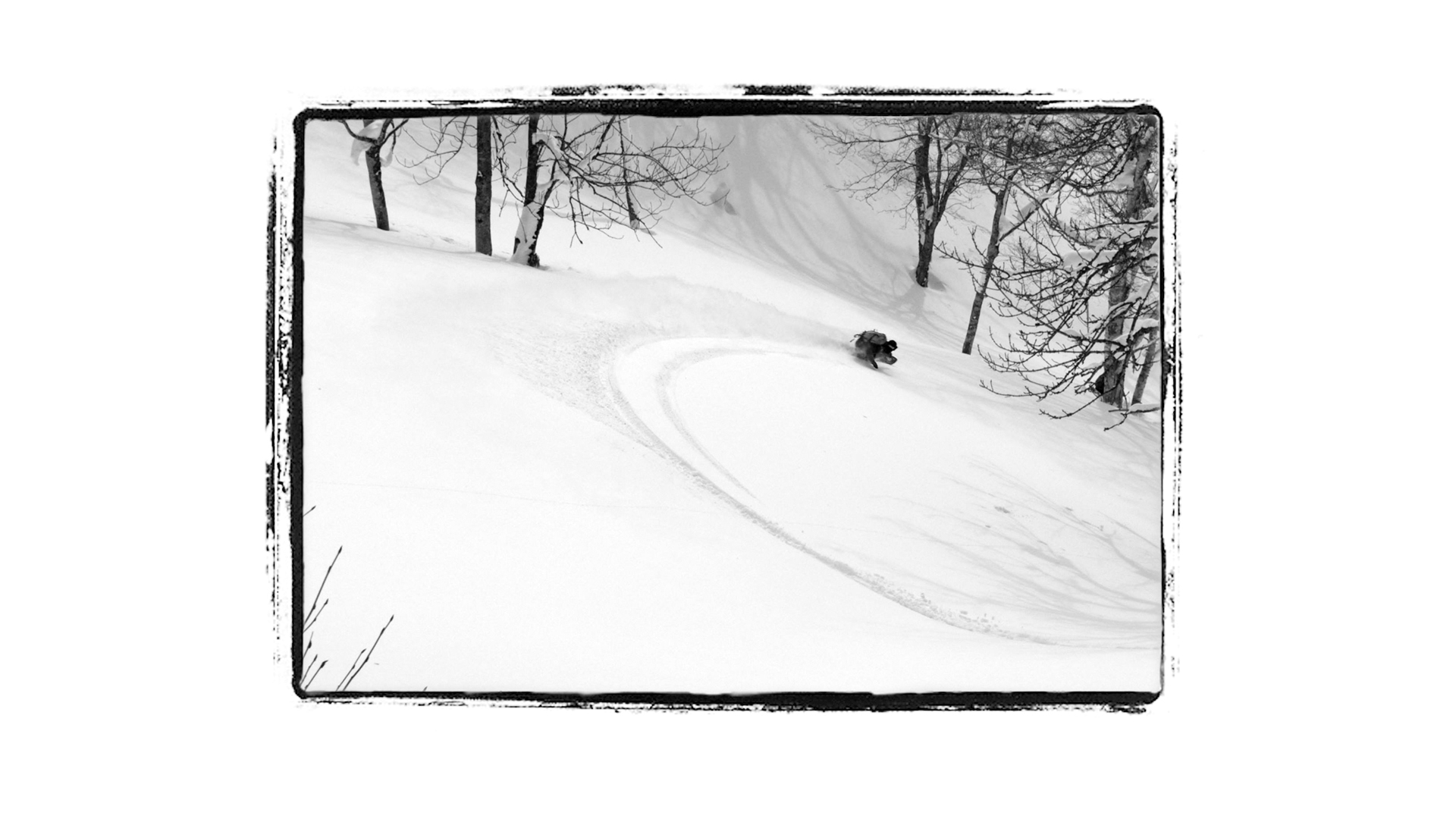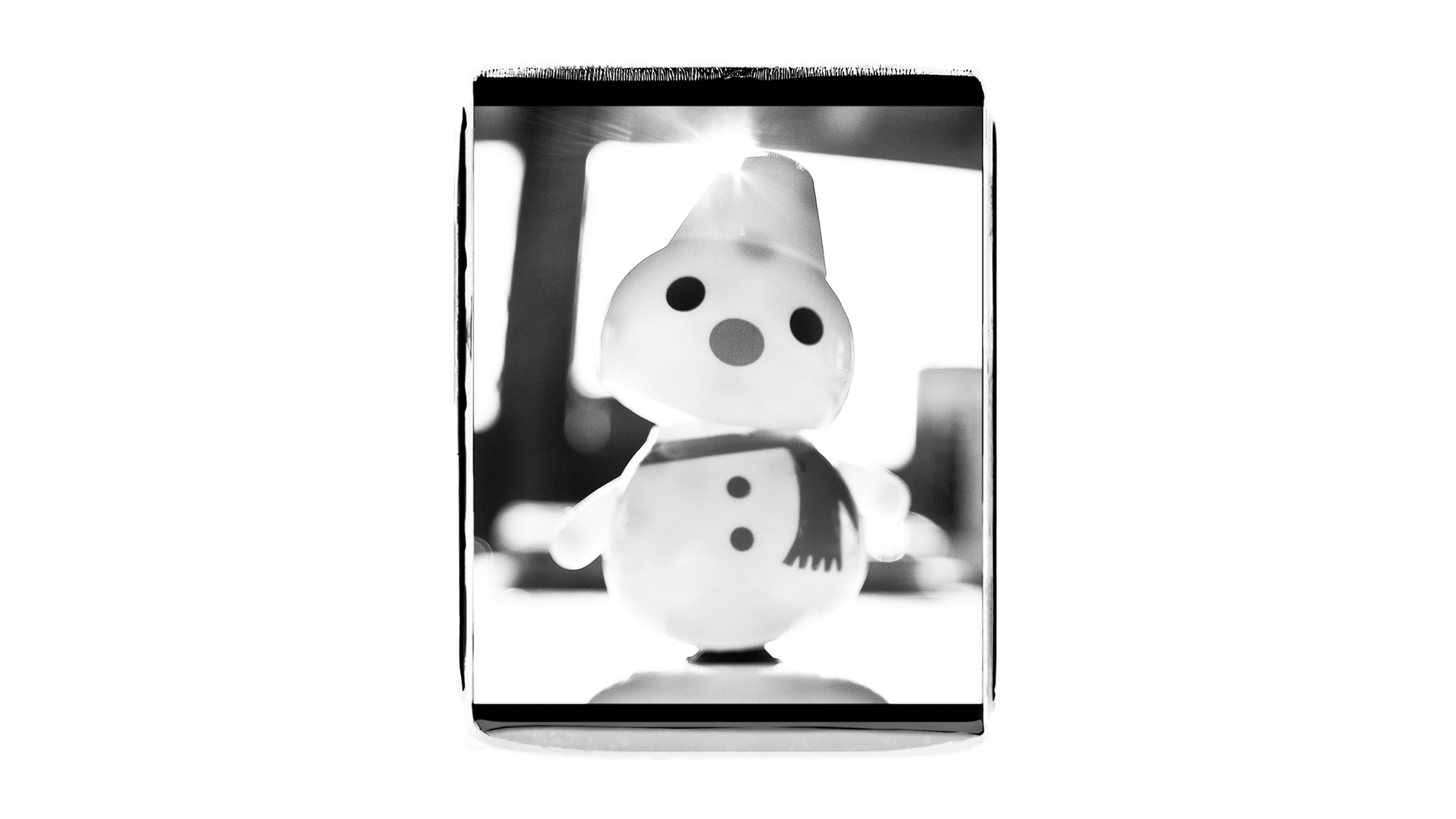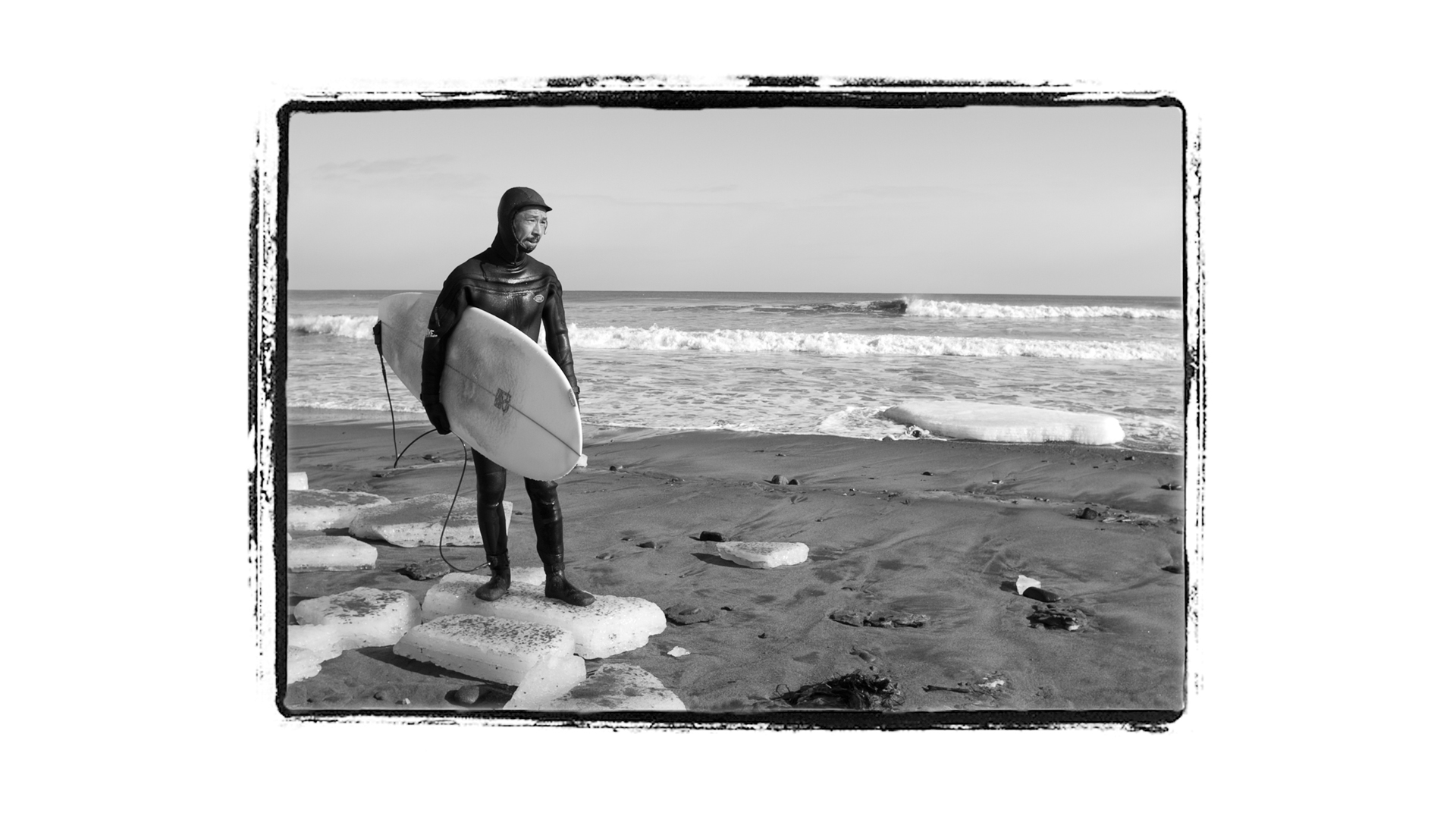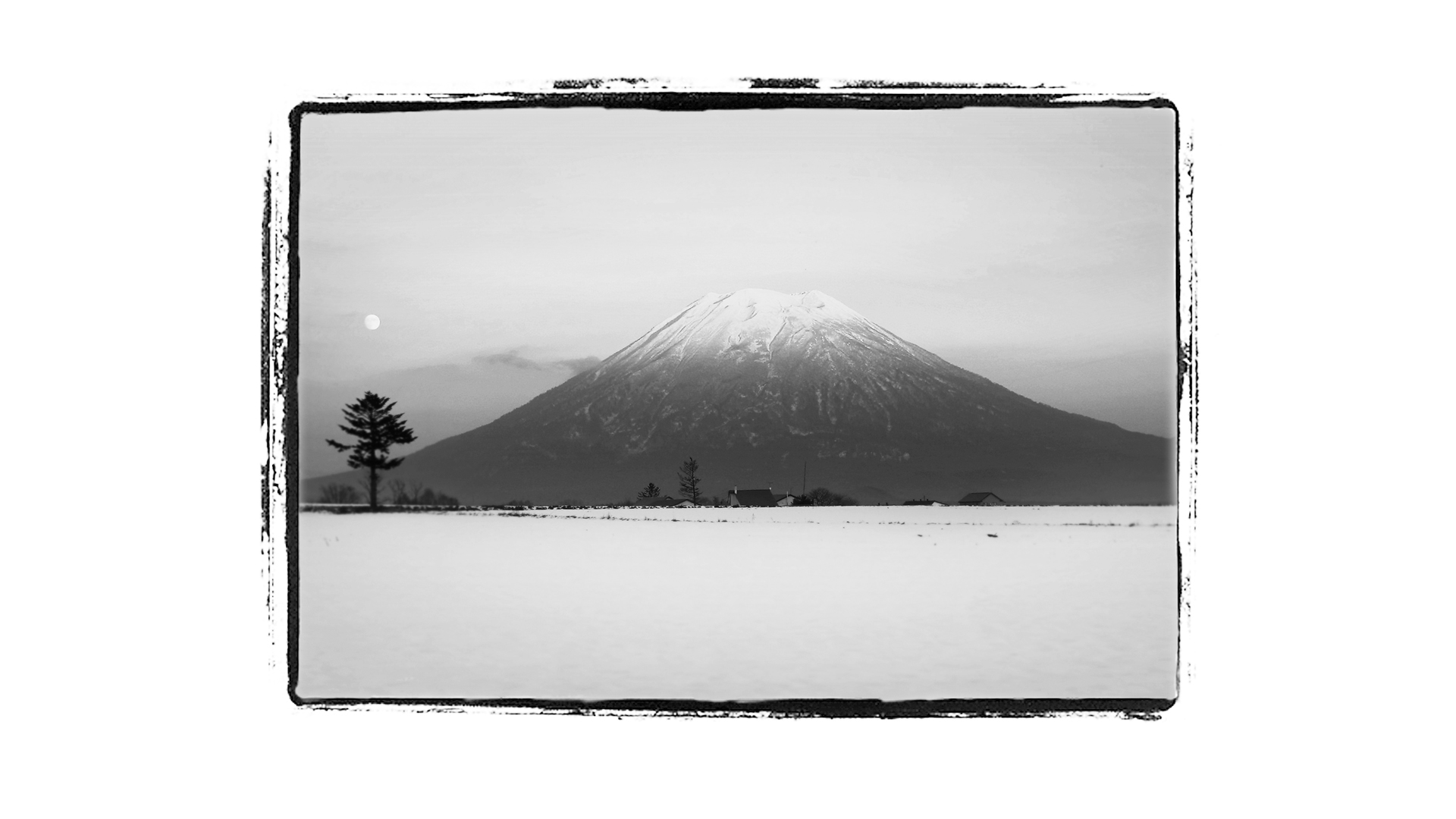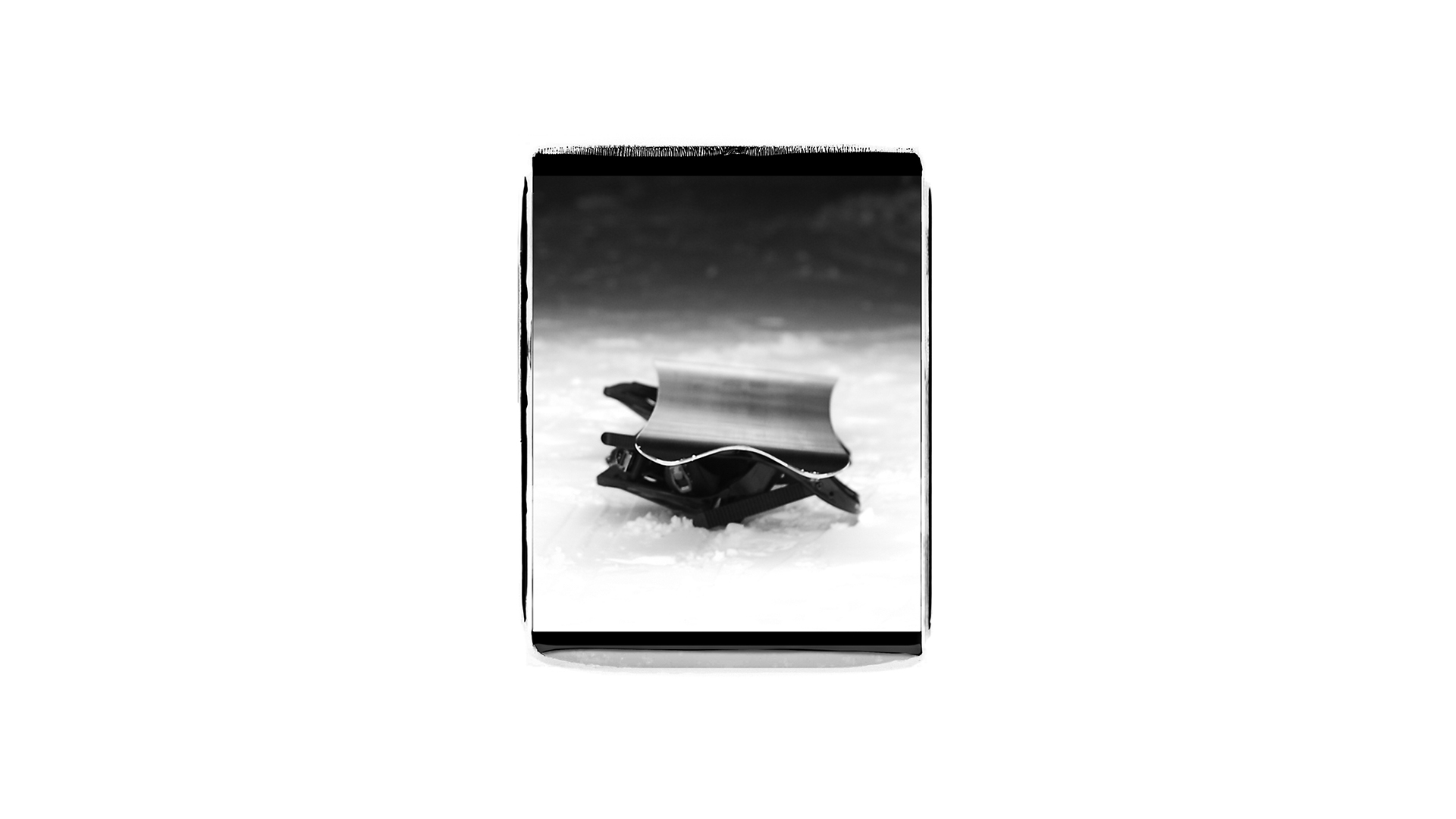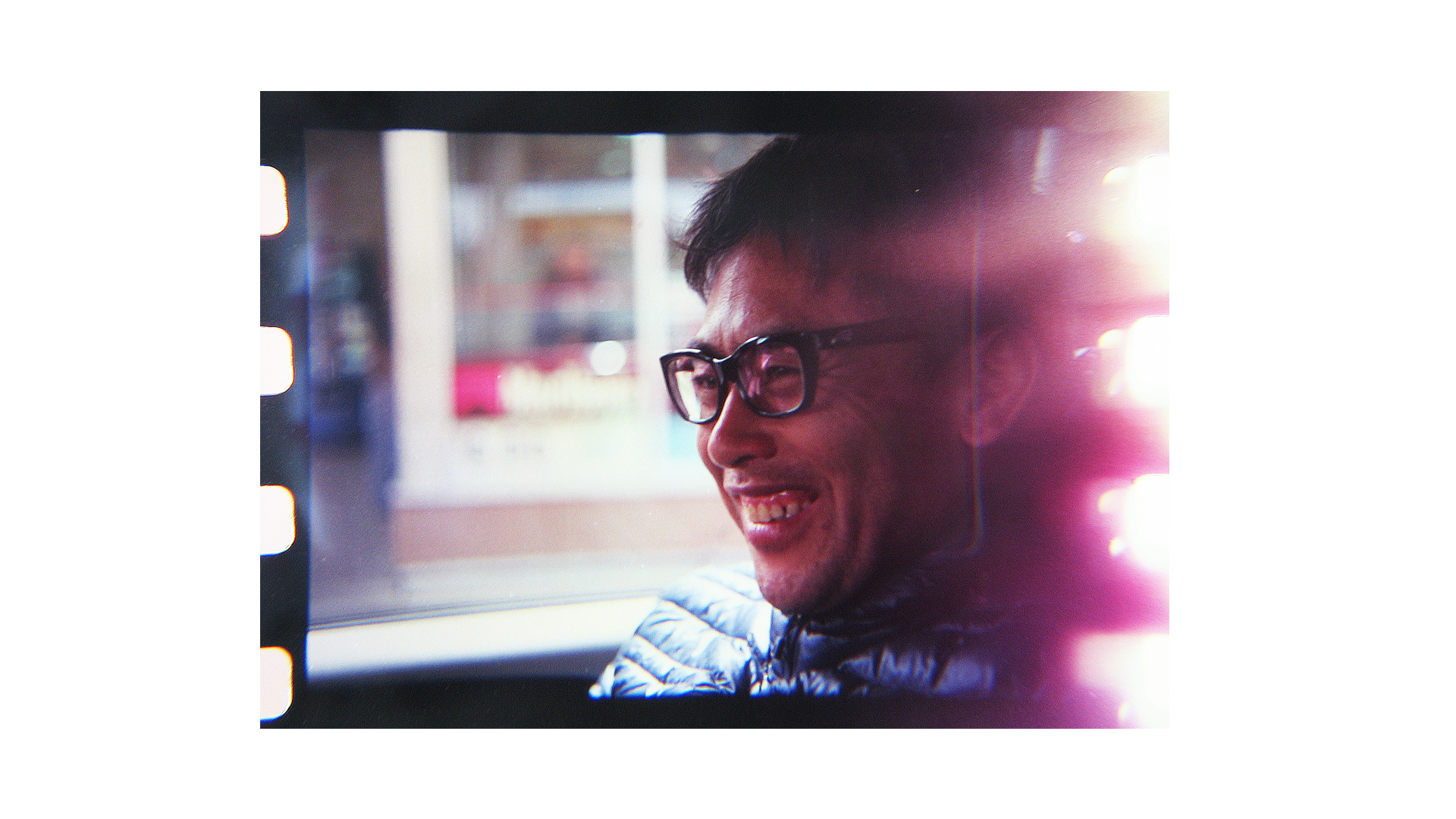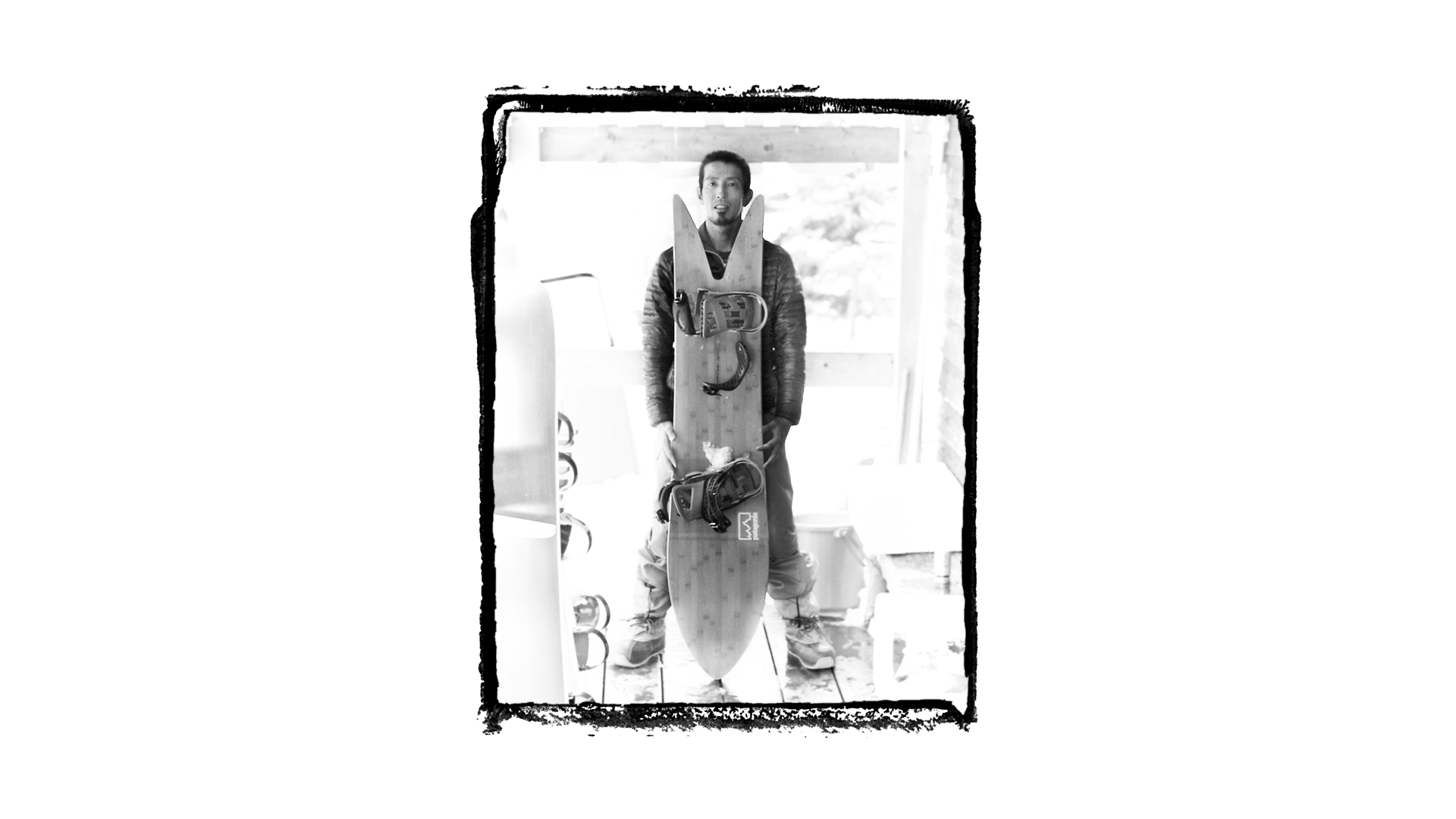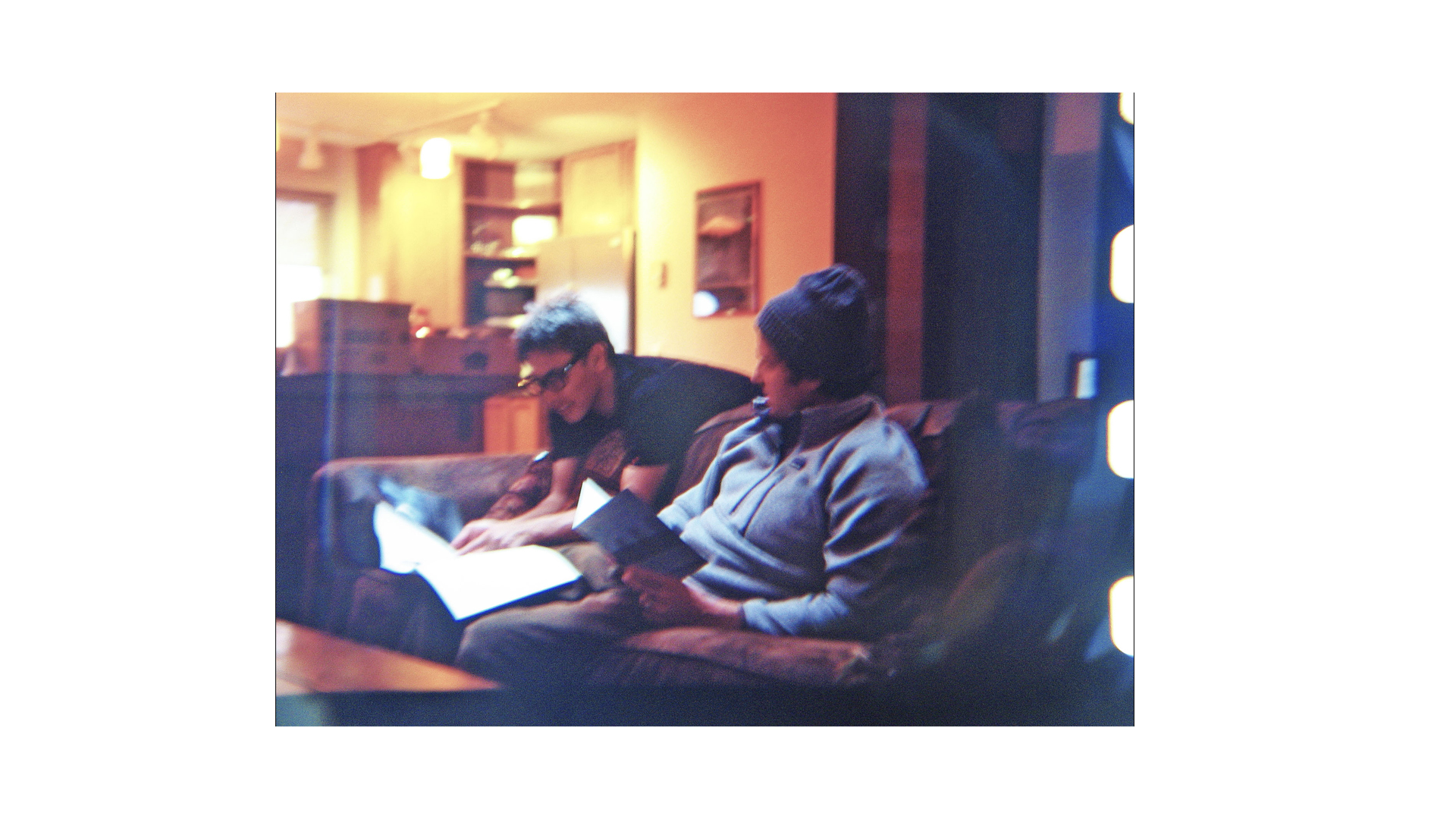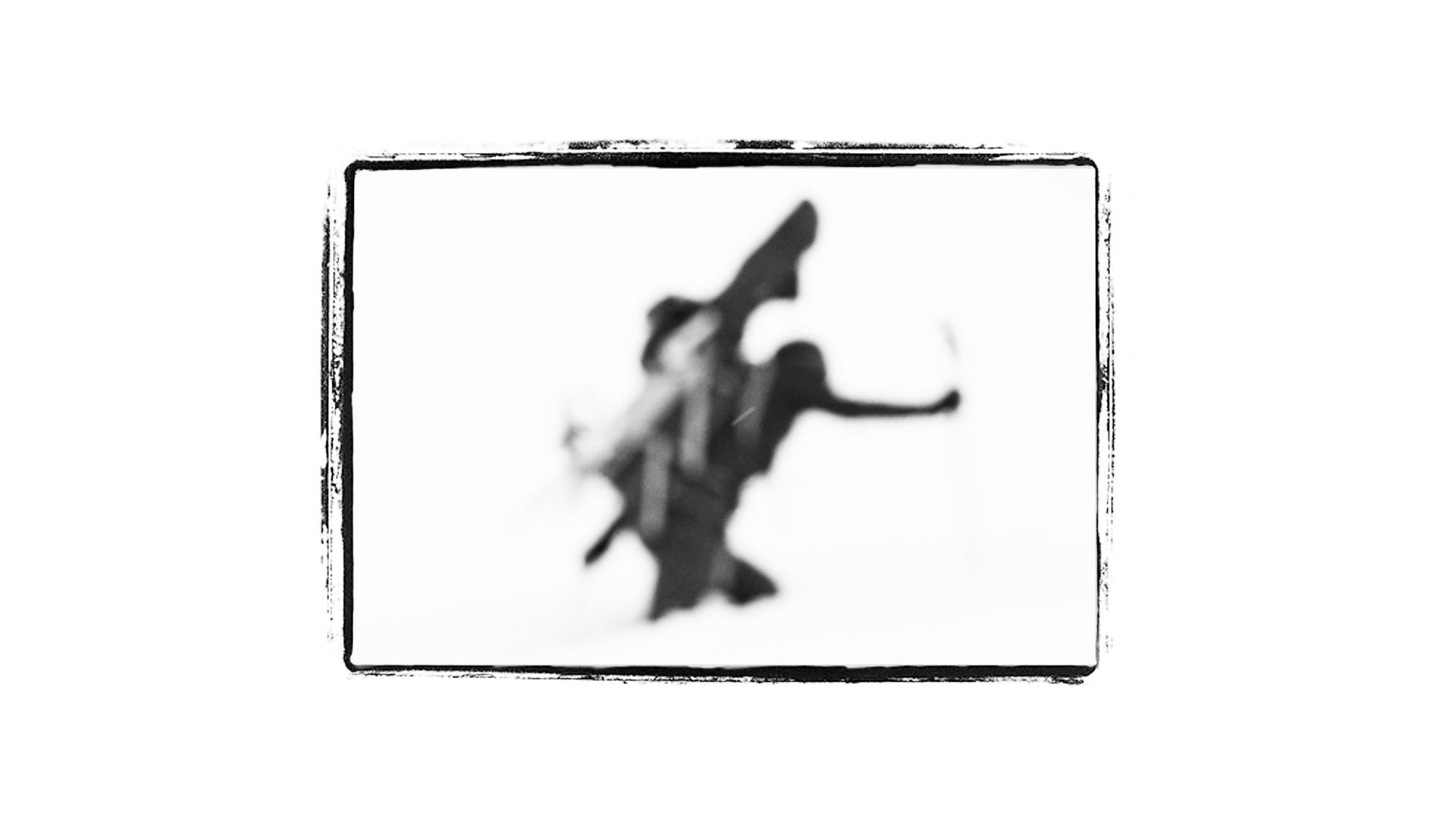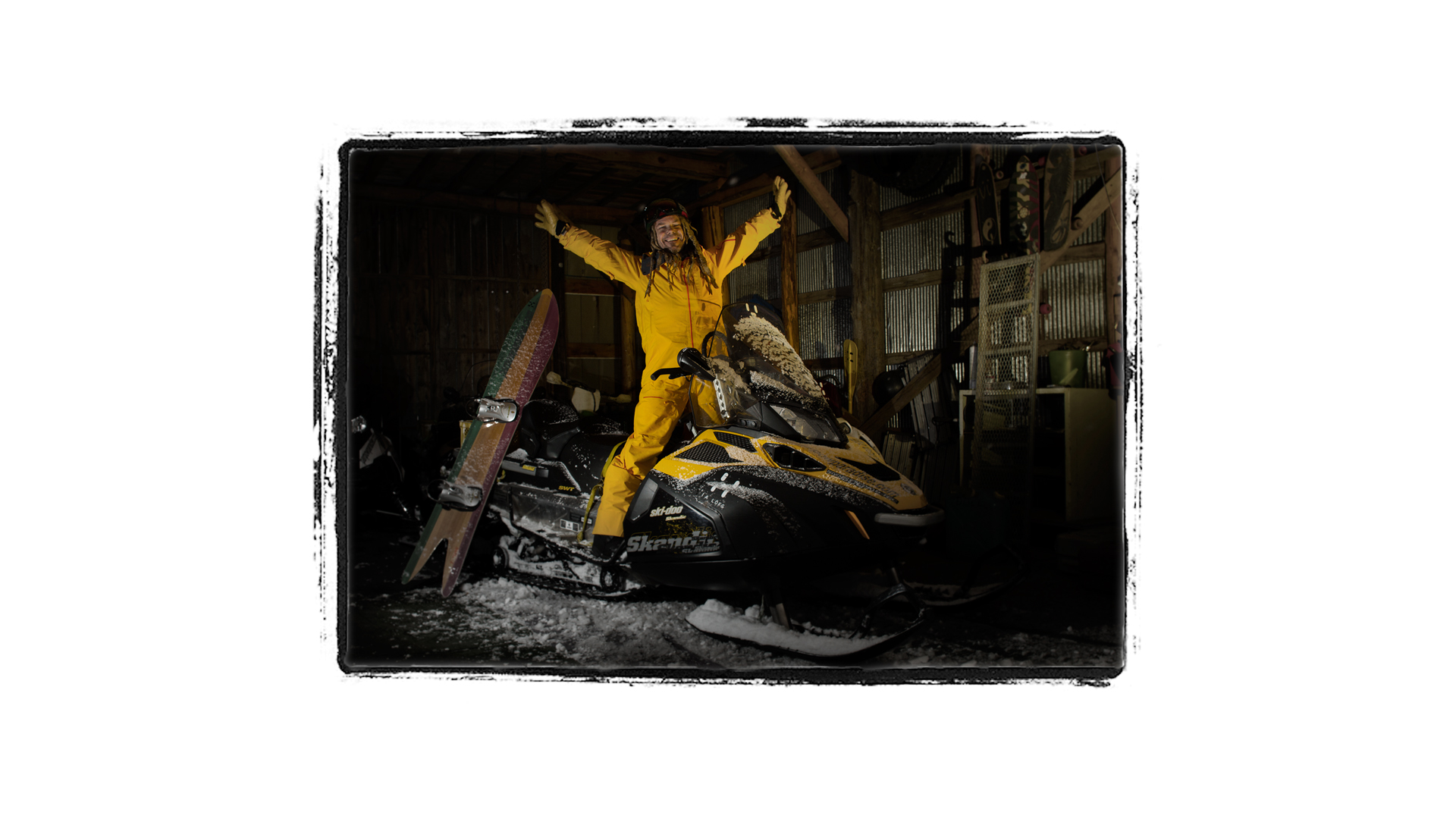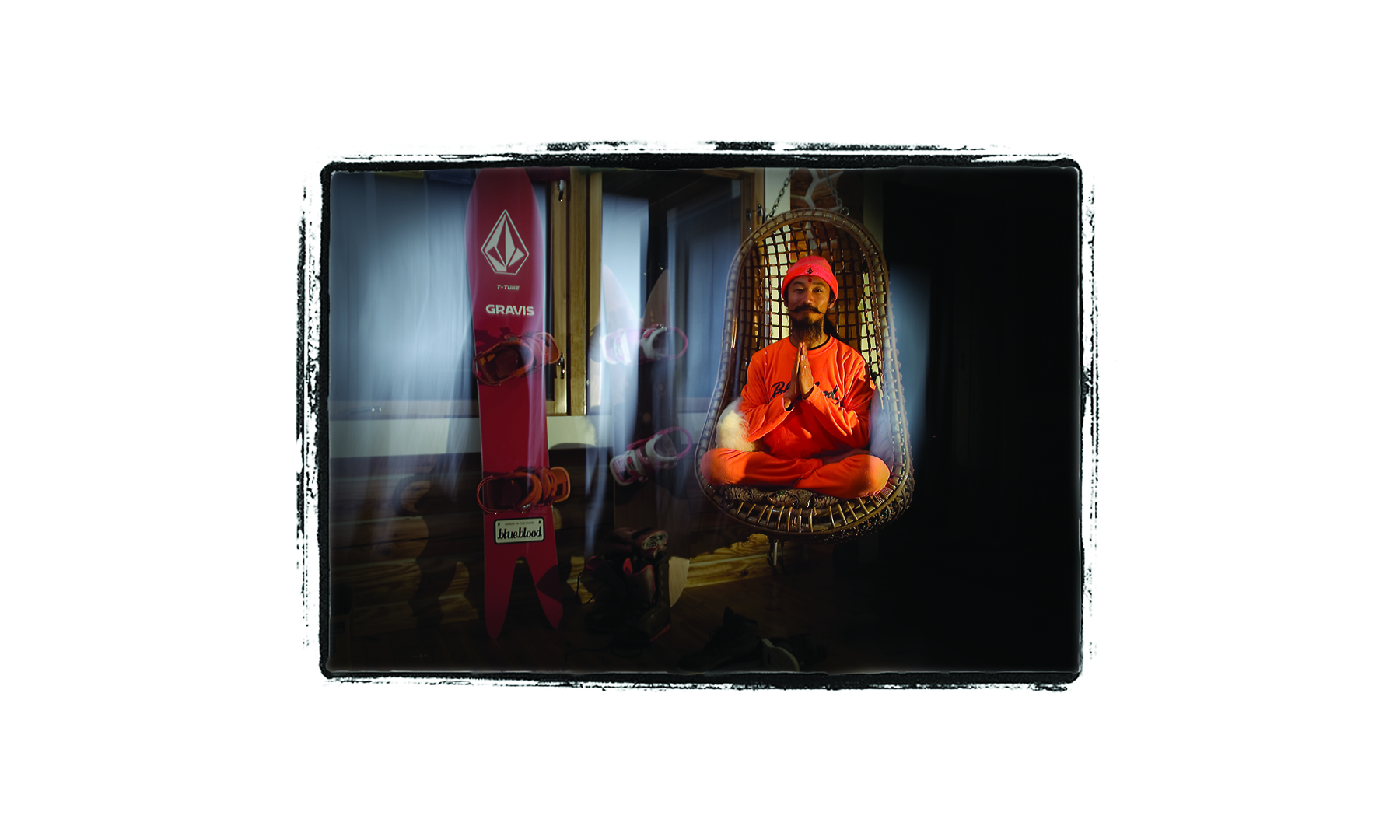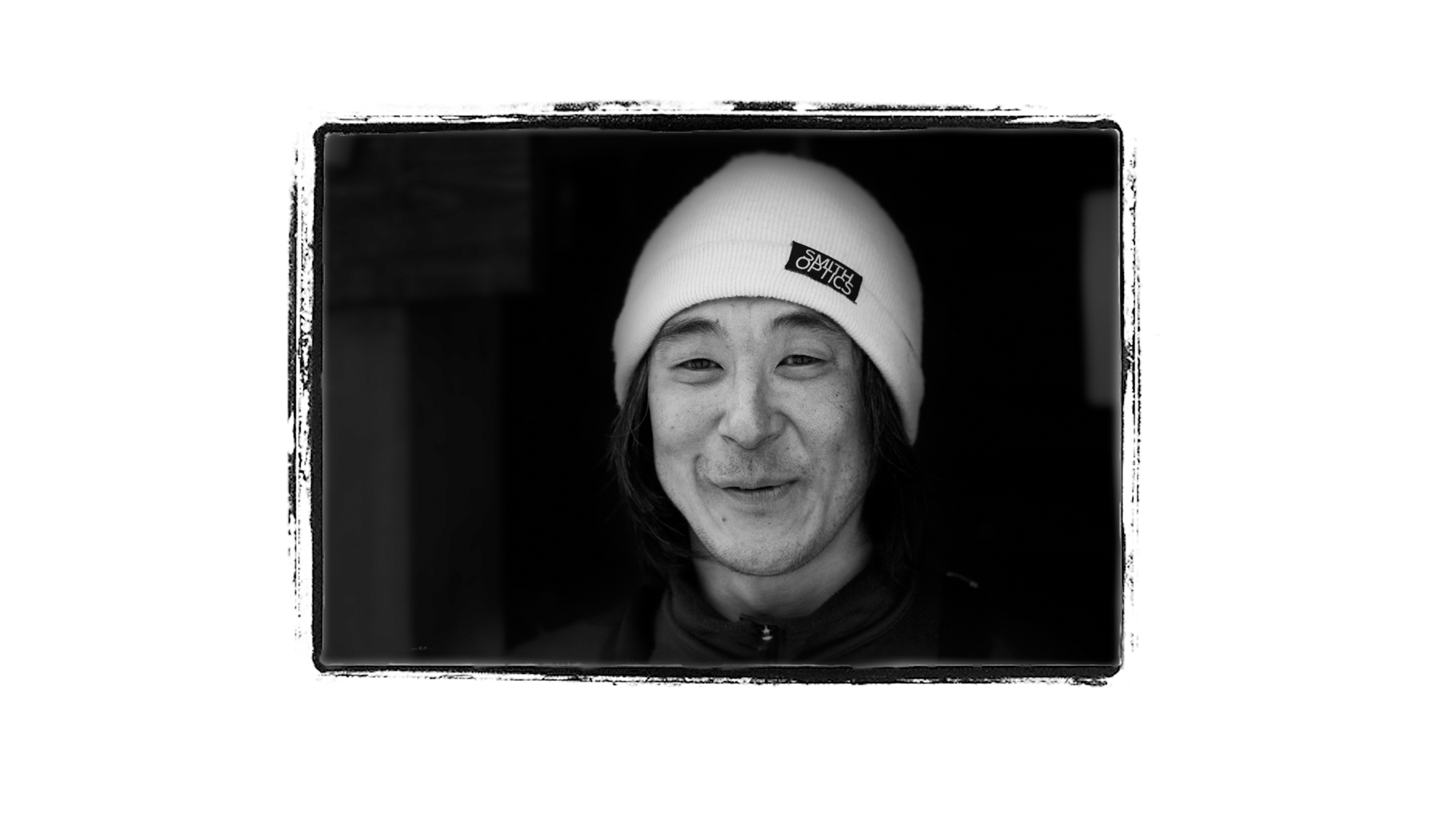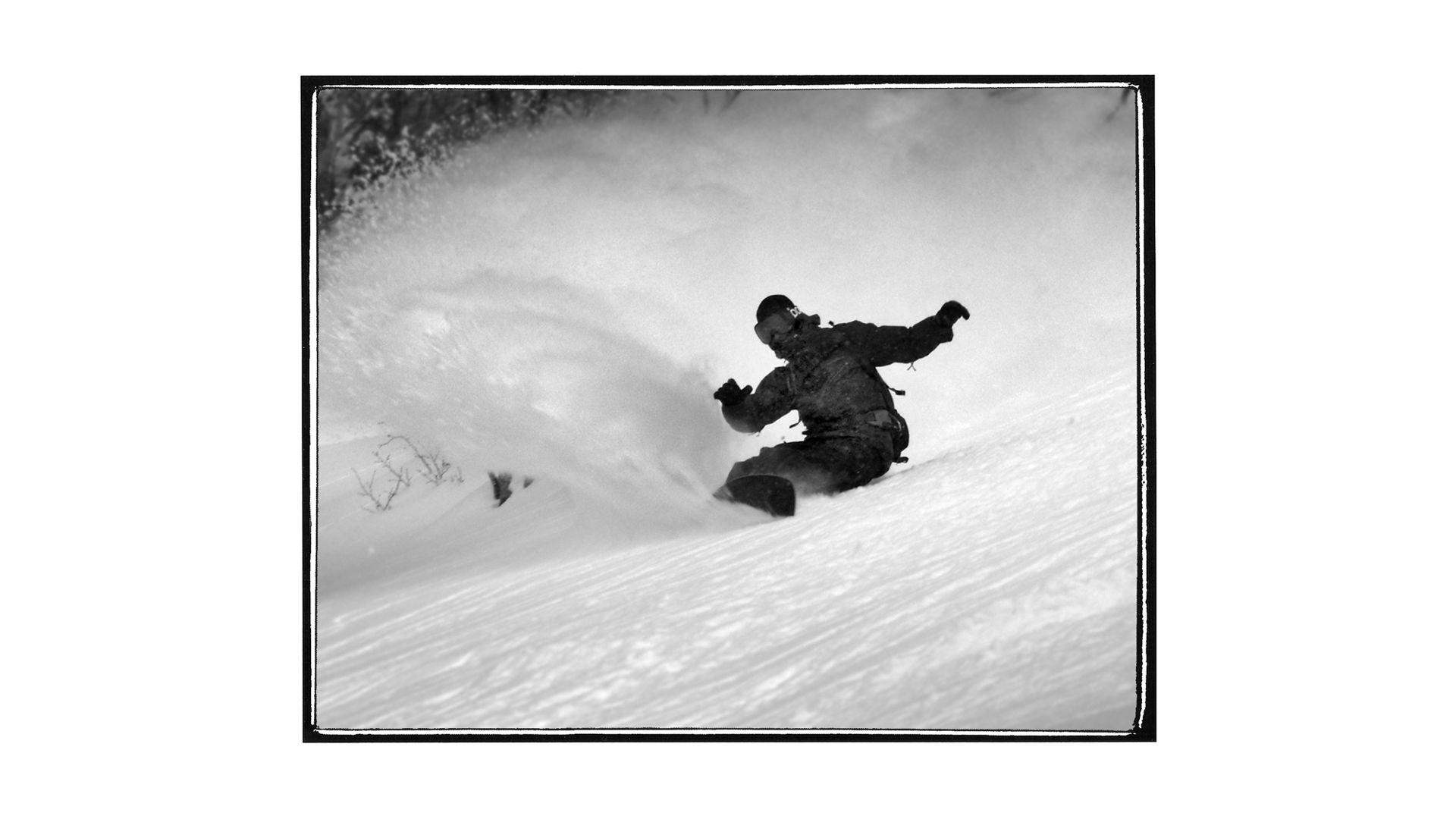Video Exclusive
Taro Tamai in Snowsurf
Full Part, Photo Gallery and Interview with Shane Peel
Editor’s note: The following appeared in Issue 13.1 as “Cross Pollination: Shane Peel Talks Snowsurf, The Movie.” The above is Gentemstick snowsurf guru Taro Tamai’s full part from the movie as narrated by Gerry Lopez. You can buy the full film here.
My first real conversation with Shane Peel took place under falling snow—an intermittent blizzard, to be exact. We stood amongst snowbanks in front of his house on the outskirts of Niseko, Japan. Rip Zinger was dropping his gear off at Shane’s cozy, two-story house, before jumping behind the wheel and racing to the Sapporo Airport to send myself and Alex Yoder home. Shane milled about prepping for the next morning’s shoot in the adjacent backcountry.
“I never really intended to do snowboard media,” Shane said, in a classic Aussie accent. “But these local rippers just drew me in.”
Shane, or “Peely” as he’s known, is a surf media veteran, with words and imagery in surf publications the world over. Along with a stint in a marketing role for Rip Curl, his main source of income for the past decade-plus has come from wave-centric resort development in Indonesia. But Niseko’s heavy snowfall and crew of riders with a unique style they like to call “The Snowsurf” [ed: see Issue 12.1] have also held Shane’s attention since he first visited the Japanese island of Hokkaido in the mid-‘90s. And three years ago, Shane bought a RED Camera and started documenting the scene.
Early this summer, I caught up with Shane via skype. He was home in Niseko, in the throes of editing “Snowsurf: The Movie,” a full-length feature documentary dropping this fall. With his movie as a reference point, Shane offered a unique perspective on the maturation of snowboarding as it relates to the grandfather of board sports, cross-cultural collaboration and more.
Photos and Captions: Shane Peel.
The Snowboarder’s Journal: How did you end up in Niseko in the first place?
Shane Peel: I learned to snowboard at Mt. Hawthorne in Victoria, Australia 16 or 17 years ago. I bought all of the gear, a board, and drove up to the mountain and was waiting there for the lifts to start. I got the lifties to show me how to put the board on and just jumped in the deep end. During a consequent trip we locked into some soft snow and I asked a guy that we used to snowboard with, “Where can you get more snow like this?” And he said “Japan.” So I came up to Niseko on a holiday and scored. There was nobody there in those days. I’ve been back every winter since. I was lucky enough that my work in the surf world allowed me to stay for extended periods of time. I had been developing a resort in Sumatra, Indonesia and we took on an investor. That freed me up so I decided to make a film about what I’d seen here in Niseko. So I bought a house, got a RED camera and started filming.
Did you know Taro Tamai and the snowsurf crew before that?
Absolutely. Around seven or eight years ago, I started seeing them a lot. I wanted to get one of Taro’s boards—if you’re in Niseko and you haven’t got one of Taro’s boards, then you’re almost missing the point. I got a Gentemstick then Taro came out and went surfing at my resort. We got to talking about art and philosophy and I realized how much all of them had given up to come live in Niseko and pursue this lifestyle, this snowsurf revolution, and I thought to myself, “Oh my God, this would make such a good film.” Sweetgrass Productions set a benchmark for this type of film with “Signatures,” which was a beautiful movie, but I wanted to look a little closer from a surfer’s perspective. I realized it was going to be a long-term thing. Every single day that I was in the backcountry for the last two winters was with at least one of the Gentem guys.
Right now it seems like there’s a lot of interest in surfing, in channeling surf style, from the snowboard community in general. Have you seen that same kind of crossover vibe on the surf side as well?
When you think about it, surfing spawned all of these other wonderful board sports, like wakeboarding, skateboarding and snowboarding. They all came from surfing, and they have all gone out and developed on their own. Now all of a sudden every young snowboarder wants to surf as well. That has a lot to do with the barriers in surfing being broken down. It’s not so much that the other board sports are changing. Surfing has slowly, for the better, become more of an inclusive rather than exclusive culture. Ten or 15 years ago it was hard to be a surfer, all the doors were closed and no one wanted anything to do with newcomers, so it was hard to be part of the surfing culture. Now it is much easier. I think that’s why a lot of riders from other board sports are gravitating towards it.
As far as surfers going snowboarding, surfing is hard to do, it’s much more physically demanding than snowboarding. But aging surfers still want to ride and get that feeling, and it’s available in snowboarding. Now that Taro has developed this entire aspect of design and refined it, one that is based around surfing, it’s just a natural step for good surfers and guys in their late 30s to their late 50s to come back to snowboarding in this way. As long as you can find powder and you can hike a little, it’s so much easier than paddling out in six to eight foot waves and getting totally flogged just for a couple of rides. Snowboarding is becoming so inclusive as well. There is nothing better than grabbing someone and going, ‘Hey dude, check out this line, come and ride it with me.’ I think that’s what is drawing surfers to snowboarding. Snowboarding is about to enter its third generation, while surfing has been there for quite a while. So it is a very interesting cross-pollination.
Gerry Lopez is in your film and you brought in some other world champion surfers and introduced them a bit more to powder snowboarding. How did they respond?
A well-traveled surfer has generally been exposed to a lot of things in surfing culture. When they discover an incredibly rich and diverse culture that hangs off powder snow here in Niseko, they’re blown away—it’s like they’re a grom again. When [two-time World Longboard Champion] Beau Young was here, he couldn’t believe the diversity in the board design and the quality of the snow. Gerry knew about this long before I did. Gerry has always managed to place himself at the crossroads of any great revolution in board riding—he was there when surfing changed from longboards to short boards and was pivotal in that entire part of the culture. He was there at the start of professional surfing and participated at a high level. He invented surf style. He was the first high profile surfer to disappear to the mountains and he was also right there when SUP kicked in. Now he’s as involved as one could possibly be in this snowsurf thing. And it’s because he loves to ride. At the very core, true surfers are in it for the ride, and guys like Gerry and Beau are just stoked to be involved. At 66, Gerry is such an icon and has been involved in so many things, and he still rips—he’s got a legitimate part in the movie.
What are your intentions when you started making this movie?
It started as something more personal. I wanted to see if I could be a filmmaker. As you move past spending a lot of money and don’t see any coming in, you have to start thinking about the economic reality, however. Starting out I wanted to produce a really nice DVD and photographic expedition and a book, and take it to market. It would be great for the film to be a success and to break even, but ultimately it’s just a pretty thank you note to the Japanese Alps.
This is my first film, and initially I was really scared about it. As I have made the film I’ve been stoked on how the snowboard community has reached out to support me and encourage it to happen, especially in Japan. Imagine what it’s like to make your first film, in a foreign country, in a foreign language, and with equipment that you hadn’t seen until you started. It’s also shown me how snowboarding looks after its own, how so many people stepped up and got involved and have supported the project on a spiritual level.
What is your greatest takeaway from the process of making the film?
The easiest stories, or the greatest stories, are the ones that haven’t been told—and the ones that are linked directly to cultural change. The biggest single change I’ve seen in snowboard culture in the last decade is the change in consciousness regarding different types of snowboard designs, and that’s what this is all about. This is a design-based cultural movement and it is a direct reflection of one of the main people responsible for this shift, and one of the greatest snowboard craftsmen alive: Taro Tamai. That’s why this story has to be told.
And it’s part of us growing up. It tells a story of us growing up as snowboarders, and shows that there is somewhere else to go, and that we are lifers and you can do this until the finish. It tells a story of the maturation of snowboard culture. Snowboarding is such a rich and diverse cultural thing. The youth in snowboarding is so strong and so powerful and so in-your-face that a lot of the other aspects of snowboarding culture could be missed. But that’s changing, and this maturing part of snowboarding is what the film is about. It’s a part of snowboarding that could potentially grow larger than the youth movement if the message reaches enough people.
Click here to buy Snowsurf and watch the movie in its entirety.
